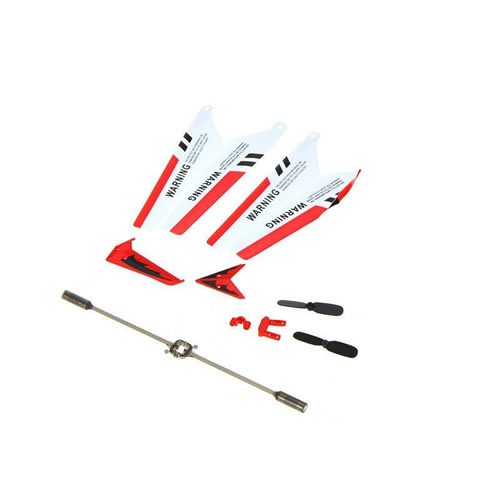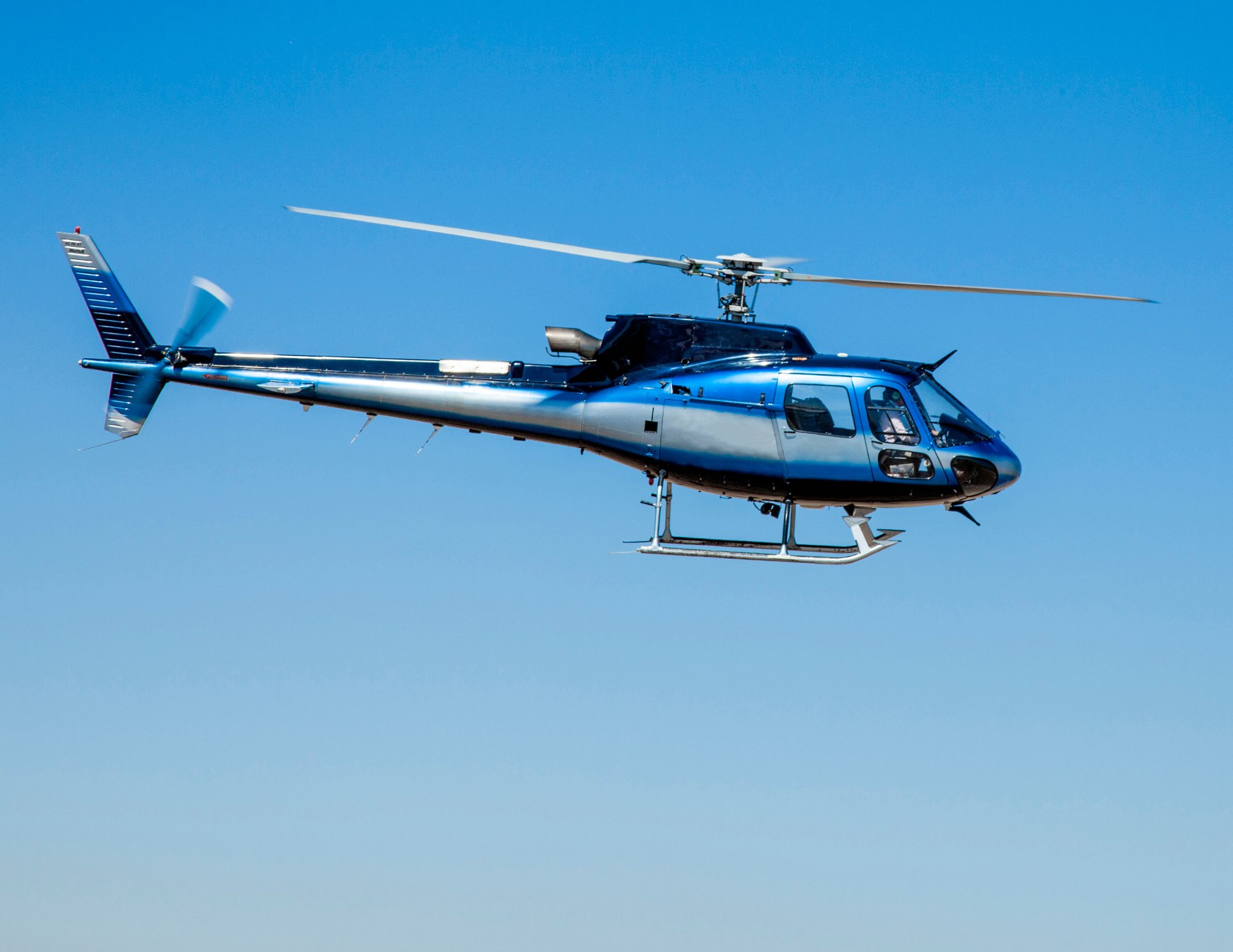Some Known Details About Helicopter Replacement Parts
Table of ContentsThe Buzz on Helicopter Replacement PartsFascination About Helicopter Replacement PartsHow Helicopter Replacement Parts can Save You Time, Stress, and Money.The Main Principles Of Helicopter Replacement Parts

With this joint, when one blade flaps up, the various other flaps down. Waving is brought on by a phenomenon recognized as dissymmetry of lift. As the plane of turning of the rotor blades is tilted as well as the helicopter begins to progress, a progressing blade and also a retreating blade ended up being recognized (on two-bladed systems).
This triggers better lift to be created on the advancing blade, causing it to rise up or flap. When blade turning gets to the factor where the blade comes to be the pulling back blade, the extra lift is shed as well as the blade flaps downward. [Figure 5] Totally articulated rotor blade systems give joints that enable the blades to move fore as well as aft, in addition to up and down.
When initially beginning to spin, the blades lag until centrifugal force is totally developed. Once turning, a decrease in rate creates the blades to lead the main rotor center up until forces enter into balance. Consistent fluctuations in rotor blade rates trigger the blades to "hunt." They are totally free to do so in a totally verbalizing system as a result of being installed on the upright drag joint.
More About Helicopter Replacement Parts
Towards that end, the use of elastomeric bearings in main blades systems is boosting. These polymer bearings have the ability to warp and return to their initial shape. Therefore, they can absorb resonance that would generally be moved by steel bearings. They additionally do not need routine lubrication, which decreases upkeep.
Many hinges as well as bearings can be removed from the tradition major blades system. The result is a less complex rotor mast with lower upkeep due to fewer relocating components.
[Number 7] Generally, helicopters have between 2 as well as seven main rotor blades. These rotors are generally made from a composite structure. The large revolving mass of the main rotor blades of a helicopter generate torque. This torque increases with engine power and tries to spin the fuselage in the contrary direction.
Controlled with foot pedals, the countertorque of the tail rotor need to be modulated as engine power levels are changed. This, in turn, changes the amount of countertorque, and also the aircraft can be revolved concerning its upright axis, permitting the pilot to manage the direction the helicopter is facing.
The Best Guide To Helicopter Replacement Parts

This reduced pressure triggers a pressure counter to the torque generated by the major rotor. Additionally, the rest of the air from the follower is sent out via the tail boom to a vent on the aft left side of the boom where it is gotten rid of. This activity to the left creates a contrary reaction to the right, which is the instructions needed to respond to the primary blades torque.
It can be relocated any direction to turn the airplane of turning of the rotor blades. This causes the helicopter to relocate the direction that the cyclic is relocated. As mentioned, the foot pedals manage the Visit This Link pitch of the tail rotor blades thereby balancing main blades torque. Numbers 11 and 12 highlight the controls located in a common helicopter.

A reference number of blades designs and configurations have been carried out in time. Solitary major rotor helicopters are the most typical kind of helicopter They need an anti-torque tool (tail rotor or various other anti-torque system) to neutralize the turning energy produced by the main blades, which is powered by one or even more engine(s).
The 7-Minute Rule for Helicopter Replacement Parts
One of the most usual anti-torque device is a tail rotor, which is developed to compensate the torque created by the primary blades. EC25 solitary primary blades helicopter A tandem blades helicopter has 2 main blades systems and also no tail blades. Usually the back blades is installed at a higher setting than the front blades, and both are made to stay clear of the blades clashing, need to they flex right into the other blades's pathway.
The style of the drive and control system are extra challenging than the among a single primary blades helicopter (helicopter replacement parts). Ch47 Chinook helicopter with tandem rotors Coaxial rotors are 2 major rotors installed on one pole, sharing the same axis of turning yet turning in opposite directions, one in addition to the other.
The helicopter will yaw to the left if the clock smart turning rotor creates even more lift, and also it will certainly yaw to the right if more lift is produced by the counter-clock smart revolving rotor. The drag produced by the rotors is rather huge due to the interference of air movements, so these helicopters do click to read not typically have a high travelling rate.